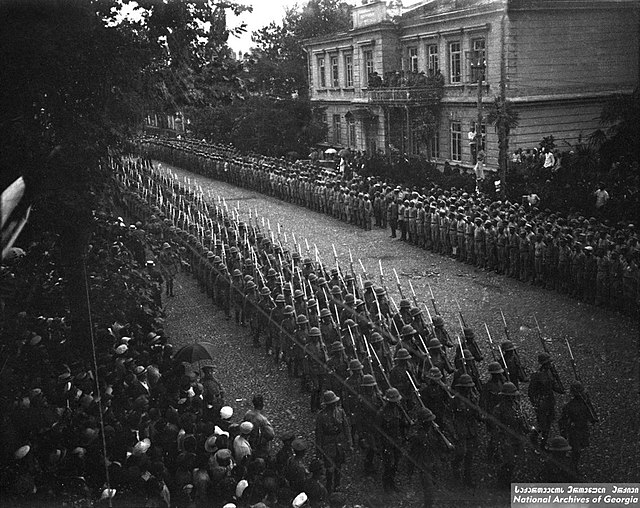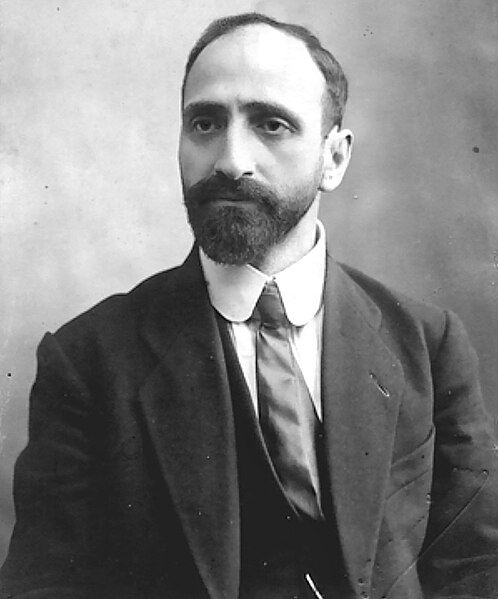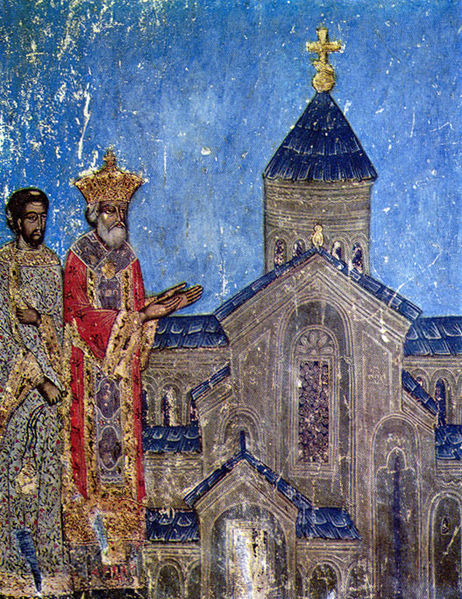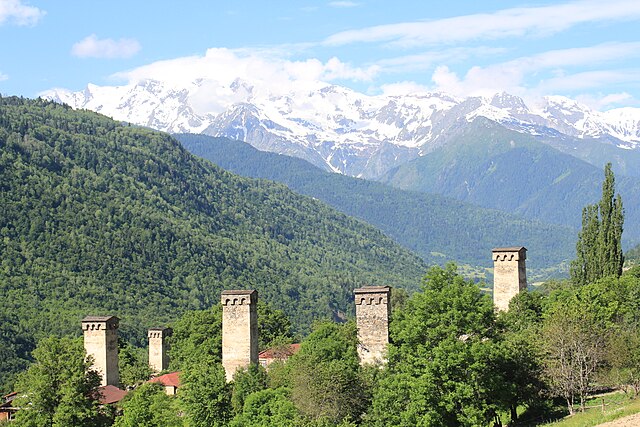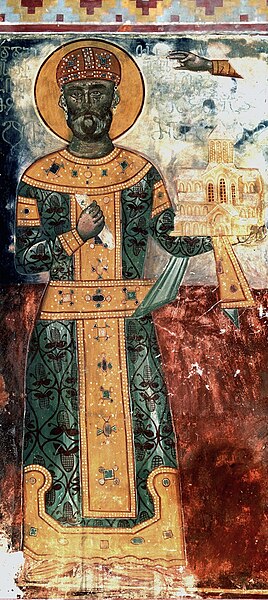Democratic Republic of Georgia
The Democratic Republic of Georgia was the first modern establishment of a republic of Georgia, which existed from May 1918 to February 1921. Recognized by all major European powers of the time, DRG was created in the wake of the Russian Revolution of 1917, which led to the collapse of the Russian Empire and allowed territories formerly under Russia's rule to assert independence. In contrast to Bolshevik Russia, DRG was governed by a moderate, multi-party political system led by the Georgian Social Democratic Party (Mensheviks).
National Council meeting, May 26, 1918
British troops marching in Batumi, 1920
Noe Ramishvili became the chairman of the first government of the Republic. In 1930, he was assassinated by a Bolshevik spy in Paris.
The leaders of the Second International visiting Tbilisi, 1918
Georgia is a transcontinental country in Eastern Europe and West Asia. It is part of the Caucasus region, bounded by the Black Sea to the west, Russia to the north and northeast, Turkey to the southwest, Armenia to the south, and Azerbaijan to the southeast. Georgia covers an area of 69,700 square kilometres (26,900 sq mi). It has a population of 3.7 million, of which over a third live in the capital and largest city, Tbilisi. Georgians, who are indigenous to the region, constitute a majority and a titular nation in Georgia.
King Mirian III converted the nation to Christianity in the 4th century.
Northwestern Georgia is home to the medieval defensive Svan towers of Ushguli and Mestia.
Bedia Chalice, a medieval Georgian goldsmithery dated c. 999 AD.
David the Builder, the original architect of the Golden Age. Fresco from Gelati monastery.


